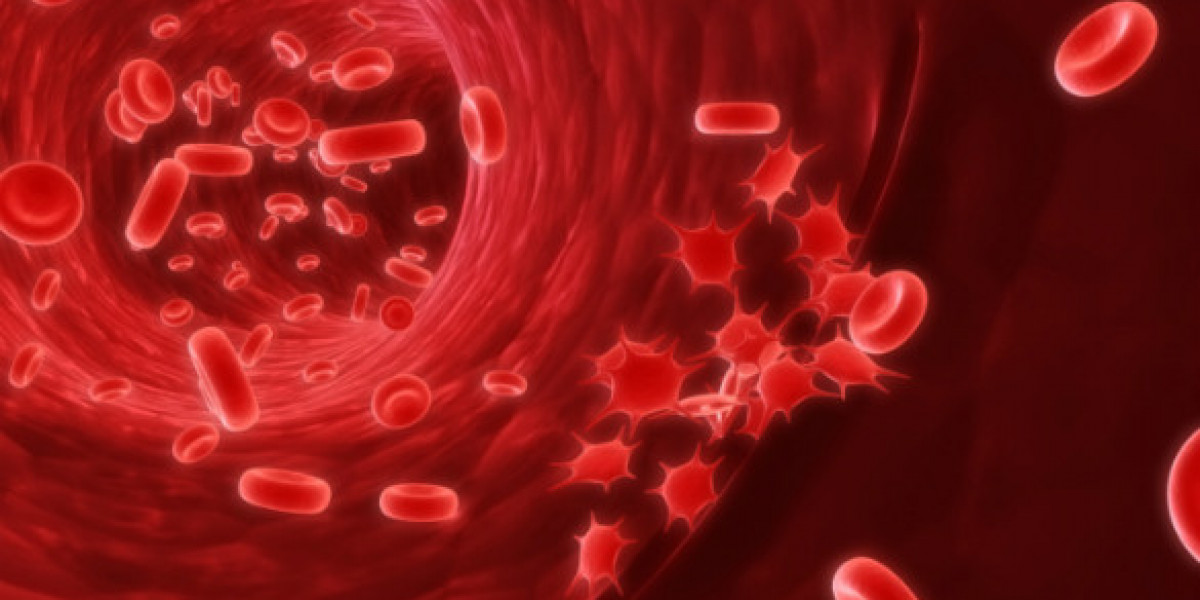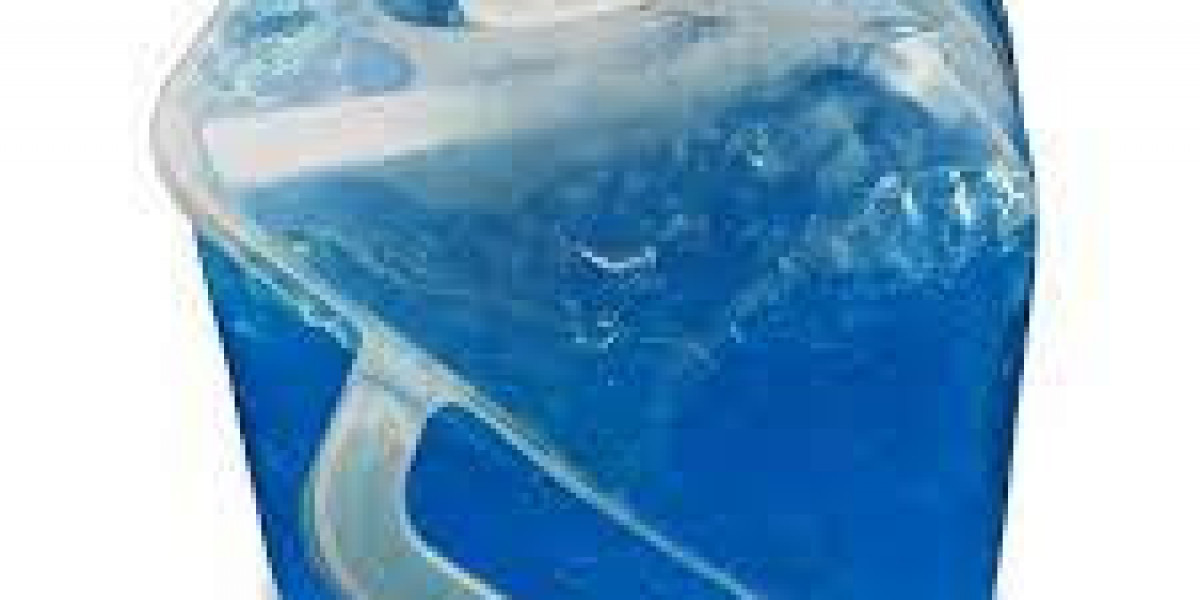Platelets are small components in the blood whose job is to help with clotting and prevent excessive bleeding. When platelet counts drop below the normal range it is called thrombocytopenia.
Mild drops in platelet count may be managed with lifestyle, dietary, and nutritional approaches. However, moderate to severe thrombocytopenia often requires medical interventions like steroids, immunosuppressants, or even platelet transfusions.
Below are evidence-based and traditional approaches to naturally support platelet recovery, along with caveats, and then a brief note on the pharmaceutical side (including references to ceftriaxone distributors).
Causes of Low Platelet Count (Briefly)
To know what to “boost,” one must understand some underlying causes. Low platelet counts may result from:
Impaired production in bone marrow (due to infections, malignancies, nutritional deficiencies)
Increased destruction or consumption (immune thrombocytopenia, drugs, infections)
Sequestration (e.g. an enlarged spleen)
Drug-induced thrombocytopenia (some medications can reduce platelet counts)
Thus, natural strategies are more effective when the root cause is nutritional deficiency, mild viral suppression, or during recovery phases. They may not suffice in immune or severe cases.
Natural/Nutritional Ways to Support Platelet Count
Here are well-supported strategies for helping the body produce or maintain platelets naturally:
1. Eat a Balanced Diet Rich in Key Nutrients
Certain vitamins and minerals are critical for healthy blood and platelet production:
Folate (Vitamin B9): Found in leafy green vegetables (spinach, kale, broccoli), beans, lentils, fortified cereals.
Vitamin B12: Present in meat, fish, dairy, eggs. A deficiency in B12 is associated with low platelet counts.
Vitamin C: Helps iron absorption and supports immune function; citrus fruits, strawberries, bell peppers, kiwi are good sources.
Iron: Iron supports overall hematopoiesis; foods like lean red meat, lentils, beans, spinach.
Vitamin K: Helps in clotting cascade; dark leafy greens (kale, collard greens, spinach).
Emphasize whole, minimally processed foods; avoid empty calorie foods.
2. Specific “Platelet-Supportive” Foods & Herbal Remedies
Some foods and herbs are traditionally believed or modestly supported by research to help:
Papaya leaf extract / papaya leaves: Some small studies suggest papaya leaf extract might support platelet count (especially in dengue) via phytochemicals like papain and alkaloids.
Wheatgrass: Said to boost hematologic parameters (RBC, WBC, platelets) in some claims.
Pumpkin, carrot, and other orange vegetables: Rich in Vitamin A and antioxidants, they support cell health.
Berries (strawberry, blueberry, blackberries): Provide polyphenols, antioxidants.
Pomegranate: Contains iron and antioxidant compounds.
While promising, these are adjunctive; the evidence is limited, so they should not replace standard medical care.
3. Stay Hydrated & Support Detoxification
Good hydration helps circulation and overall cellular health, which may indirectly support platelet survival. Also, reducing oxidative stress (via antioxidants from fruits, vegetables) helps protect platelets from damage.
4. Avoid Factors That May Suppress Platelets
While boosting beneficial elements, you also must steer clear of negative influences:
Alcohol: Can impair bone marrow and suppress platelet formation.
Tonic water / Quinine: Quinine has been associated with drug-induced thrombocytopenia in some reports.
Certain medications or supplements: Some over-the-counter drugs, herbal supplements, or prescriptions can reduce platelet counts always check with a doctor
Excessive sugar, processed foods: Poor nutrition overall can impair bone marrow function
5. Sleep, Stress Management & Healthy Lifestyle
Chronic stress and poor sleep can impair immune and hematologic regulation. Ensuring 7-8 hours of quality sleep, stress reduction (meditation, yoga, light exercise) can optimize bodily repair processes.
6. Moderate Exercise (as Tolerated)
Gentle to moderate cardiovascular exercise (walking, cycling, yoga) helps improve circulation, bone marrow stimulation, and immune balance. However, in cases of very low platelet counts, heavy or contact sports may risk bleeding always follow medical advice.
7. Supplements (With Caution)
While food is preferred, in consultation with a physician or dietitian, some supplements may be considered:
Folate / Folic acid
Vitamin B12
Chlorophyll or spirulina (some propose benefit)
Papaya leaf extract supplement
Melatonin: Some small studies suggested melatonin might help platelet recovery in liver disease settings.
However, supplements can interact with medications, and overdoses (especially of fat-soluble vitamins) can be harmful. Always consult a healthcare provider.
Monitoring & When to Seek Medical Help
If platelet counts remain low, or drop further, medical treatments (steroids, immunoglobulins, transfusions) may be necessary.
If there is bleeding (gums, nose, GI, petechiae) or signs of internal bleeding, immediate medical attention is essential.
Periodic lab monitoring (CBC with platelet count) helps track progress.
Identifying and treating underlying causes (viral infections, autoimmune conditions, bone marrow disorders) is crucial.
Integrating This with Pharma / Business Context: “Ceftriaxone Distributors”
Because you asked to include the phrase ceftriaxone distributors, here is how you might contextually incorporate it into a health or business content piece:
Antibiotics like ceftriaxone are commonly used in the treatment of serious bacterial infections. In certain cases, infections (or antibiotic therapies) can indirectly affect blood counts including platelet levels. Hence, companies working with ceftriaxone distributors or pharmaceutical supply chains may also want to be aware of potential hematologic side effects or drug interactions.
For instance:
In a region, a hospital may purchase ceftriaxone through reputable ceftriaxone distributors, and clinicians may monitor patients’ blood counts (including platelets) before and during therapy.
An article or white paper targeting the pharmaceutical trade could discuss how ceftriaxone distributors ensure safe handling, GMP compliance, and awareness of drug safety profiles (including rare hematologic side effects).
If your content is SEO-oriented, one could write: “While collaborating with ceftriaxone distributors for antibiotic supply, healthcare providers must also ensure patient monitoring for parameters including platelets, especially in patients with preexisting low counts.”
Note: ceftriaxone is not normally used to boost platelet counts rather, it is an antibiotic. Its inclusion here is for the SEO/business angle rather than therapeutic.
Sample Outline (for SEO / Article Use)
Here’s how you might structure a web article combining health and the business term:
Introduction: Why platelets matter
Causes of low platelet count
Natural ways to boost platelet count
Nutrients
Foods & herbs
Lifestyle
Supplements
Medical thresholds & when to see a doctor
Case note: Patients on antibiotic therapy
Monitoring during antibiotic use
Role of suppliers & ceftriaxone distributors in informing clinicians
Conclusion & call to action
Safety, Disclaimers & Final Thoughts
Natural approaches are supportive but may not suffice in severe cases or when the underlying cause is not nutritional.
Always consult a hematologist or physician before starting supplements, especially if you’re on medications or have chronic health conditions.
Laboratory monitoring is essential don’t rely solely on “feeling better.”
For those in pharma or supply chain roles, including ceftriaxone distributors, ensuring quality, regulatory compliance, and clinician education is crucial.








